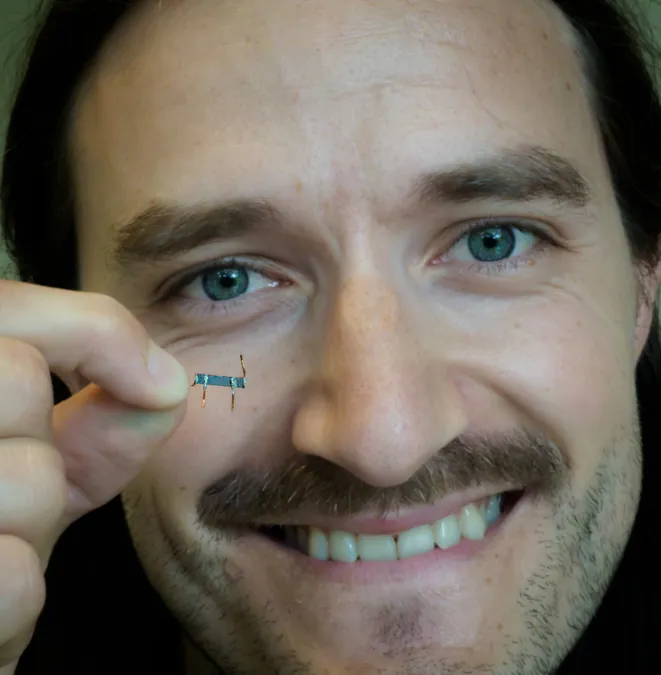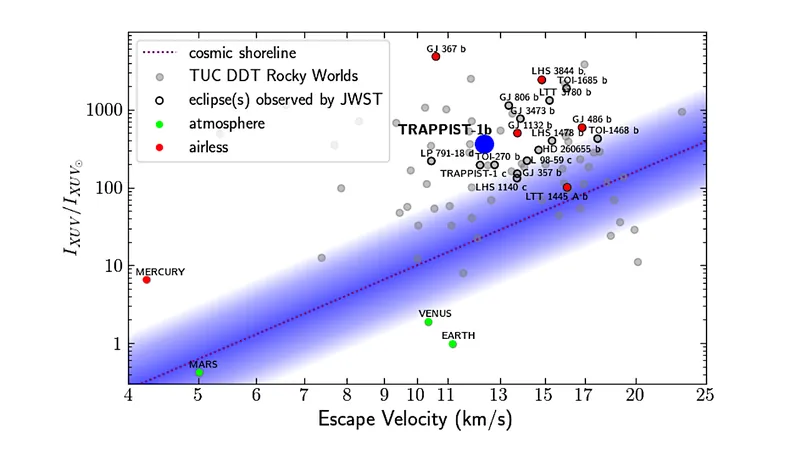
Scientists Unveil Crystal That Defies Heat Conduction – A Glass-Like Wonder!
2025-09-03
Author: Olivia
A Revolutionary Discovery in Thermal Conductivity
A groundbreaking discovery from researchers at Aarhus University in Denmark has revealed a crystalline material, AgGaGe3Se8, that conducts heat worse than water and even glass—and the implications could be game-changing!
Meet AgGaGe3Se8: The New Champion of Low Thermal Conductivity
This extraordinary material demonstrates a thermal conductivity of just 0.2 watts per meter-Kelvin at room temperature—three times less effective than water and five times less than standard silica glass. Composed of silver (Ag), gallium (Ga), germanium (Ge), and selenium (Se), AgGaGe3Se8 has been the focus of previous research for its optical features.
The Science Behind Its Glass-Like Behavior
For the first time, the research team from iMAT, the Center for Integrated Materials Research at Aarhus University, has thoroughly examined its thermal transport properties, unveiling the structural origins of its remarkable heat resistance.
The secret? Silver atoms within the crystal aren’t stationary; they move erratically instead of being locked in the lattice. This disorder hinders the usual flow of phonons — the tiny vibrations that typically carry heat — leading to a breakdown in thermal conductivity reminiscent of amorphous materials like glass.
A Phenomenon That Spans Extreme Temperatures
Even more astonishing is that this glass-like behavior persists across a wide temperature range, from a chilling 2 Kelvin to a scorching 700 Kelvin (-271 °C to 400 °C). It's a rarity for crystalline solids!
Potential Applications and Future Technologies
While materials with low thermal conductivity can be crucial in thermoelectric modules and thermal barriers in electronics and high-temperature settings, AgGaGe3Se8’s current form isn’t immediately useful. Its poor electrical conductivity and the inclusion of germanium, a pricey and rare element, pose challenges.
However, this revelation paves the way for advancing fundamental materials science. By understanding how specific structures influence thermal transport, scientists can tailor-make materials with customized heat conduction properties—integral for innovation in energy systems, computing, and aerospace.
Collaborative Research with Global Impact
This exciting study, published in the journal Science Advances, is backed by a combination of comprehensive thermal measurements and advanced synchrotron X-ray scattering experiments conducted at Japan's Spring-8 facility. The future of materials science is bright and full of possibilities!









 Brasil (PT)
Brasil (PT)
 Canada (EN)
Canada (EN)
 Chile (ES)
Chile (ES)
 Česko (CS)
Česko (CS)
 대한민국 (KO)
대한민국 (KO)
 España (ES)
España (ES)
 France (FR)
France (FR)
 Hong Kong (EN)
Hong Kong (EN)
 Italia (IT)
Italia (IT)
 日本 (JA)
日本 (JA)
 Magyarország (HU)
Magyarország (HU)
 Norge (NO)
Norge (NO)
 Polska (PL)
Polska (PL)
 Schweiz (DE)
Schweiz (DE)
 Singapore (EN)
Singapore (EN)
 Sverige (SV)
Sverige (SV)
 Suomi (FI)
Suomi (FI)
 Türkiye (TR)
Türkiye (TR)
 الإمارات العربية المتحدة (AR)
الإمارات العربية المتحدة (AR)